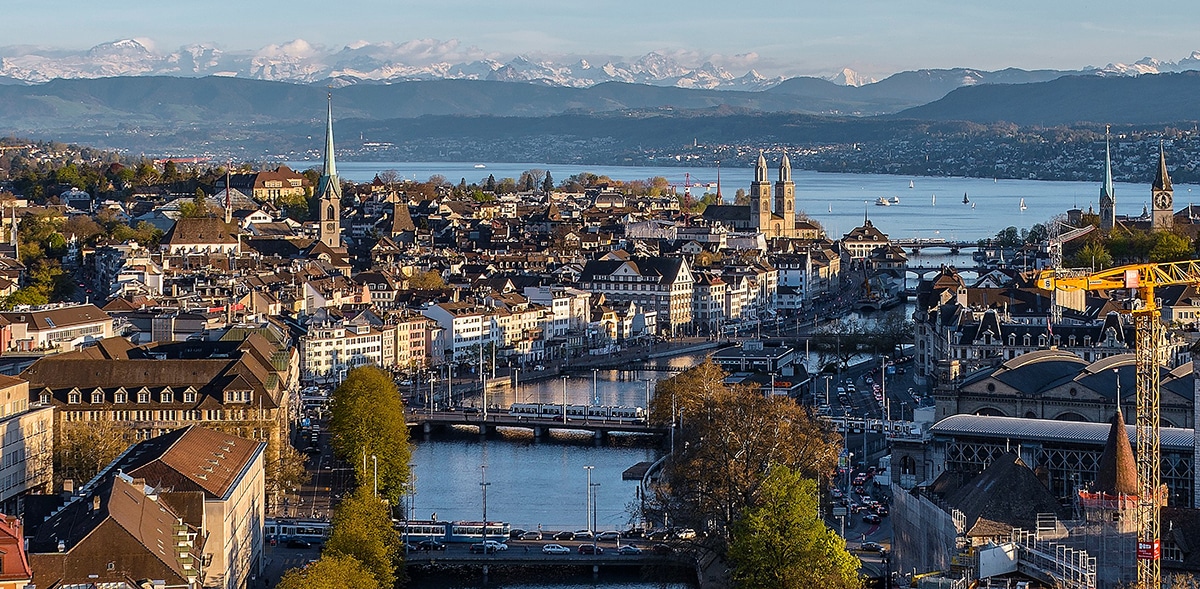
The largest city in Switzerland is Zurich, its economic, financial and university center. You can get there by plane, by road or by train from many other cities in Europe.
Zuricht has many charms and although today it maintains certain precautions due to the Covid-19 pandemic, this summer it receives visitors. Let's see today what to see Zurich.
Zurich

As we said above, it is the largest city in the Swiss Confederation, but it should not be confused with its capital which is Bern. It has Roman origins so there is an old part and a much more modern one, which makes it charming in its contrasts.
The old one Turicum It was founded by Roman soldiers and it is believed that at its peak there were 300 inhabitants. The Roman Empire withdrew around AD 401 and by then the settlement had grown in size, so much so that by the thirteenth century it was already considered a city.
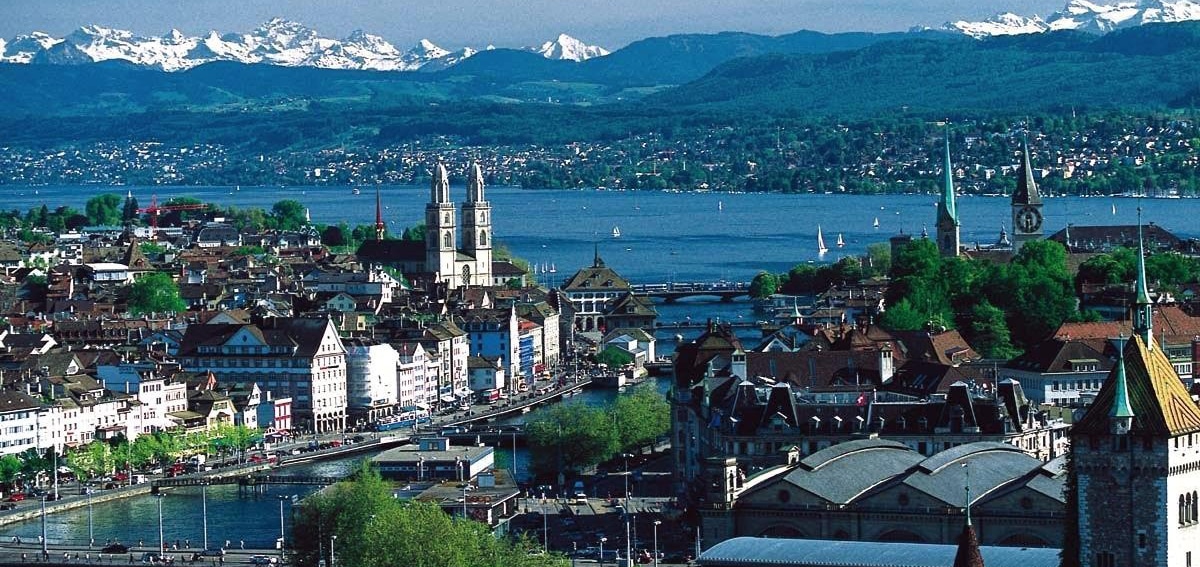
In the Middle Ages Zurich had ramparts and fortresses, convents and monasteries that ultimately made the city the center of religious controversies between Catholics and Protestants. This battle would be won by the latter, and since then it is the most popular religion in the area.
Zurich is on the banks of the river Limmat, 30 kilometers from the Alps, with beautiful hills around. Its old town is on a gentle hill next to the river, Lindehof. Today the third moneymaking activity in Zurich is tourism. Every year 9 million travelers come to know its charms, so note:
What to see in Zurich
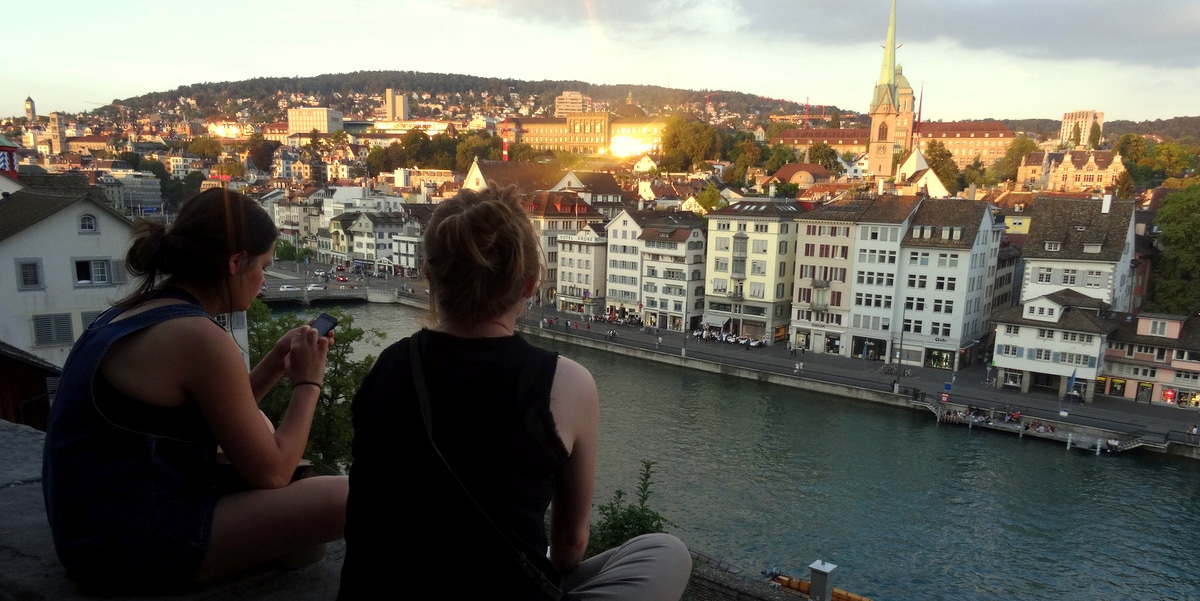
Lindhof is the old town so it has been the scene of many important moments in the life of the city. Here the roman fort and in the ninth century the royal palace of Charlemagne's grandson, for example. Today, the area is a quiet and peaceful haven where you have to visit the Grossmünster Church, the Town Hall, the river bank, the university or the Swiss Federal Institute of Technology ...
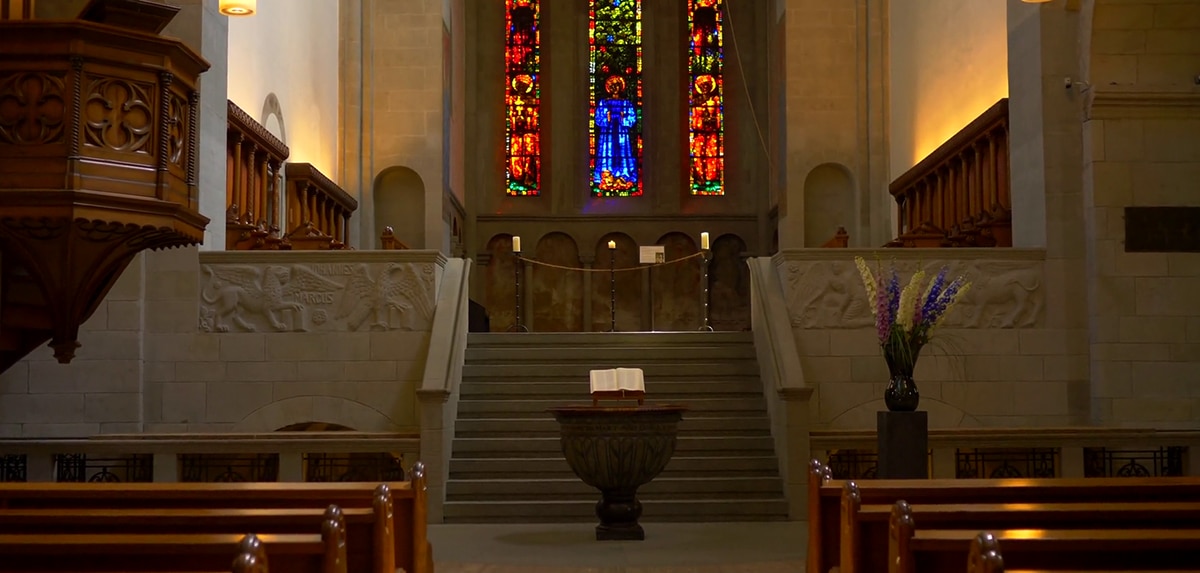
La Grossmünster Church it is an icon of the city. According to legend Charlemagne discovered the tombs of Zurich's patron saints, Felix and Regula, and built a church there. Here the Reformation began in the XNUMXth century. Have a beautiful stained glass signed by Sigmar Polke, a romanesque crypt, the choir windows are by Giacomettu and the magnificent bronze doors They were made by Otto Múnch.
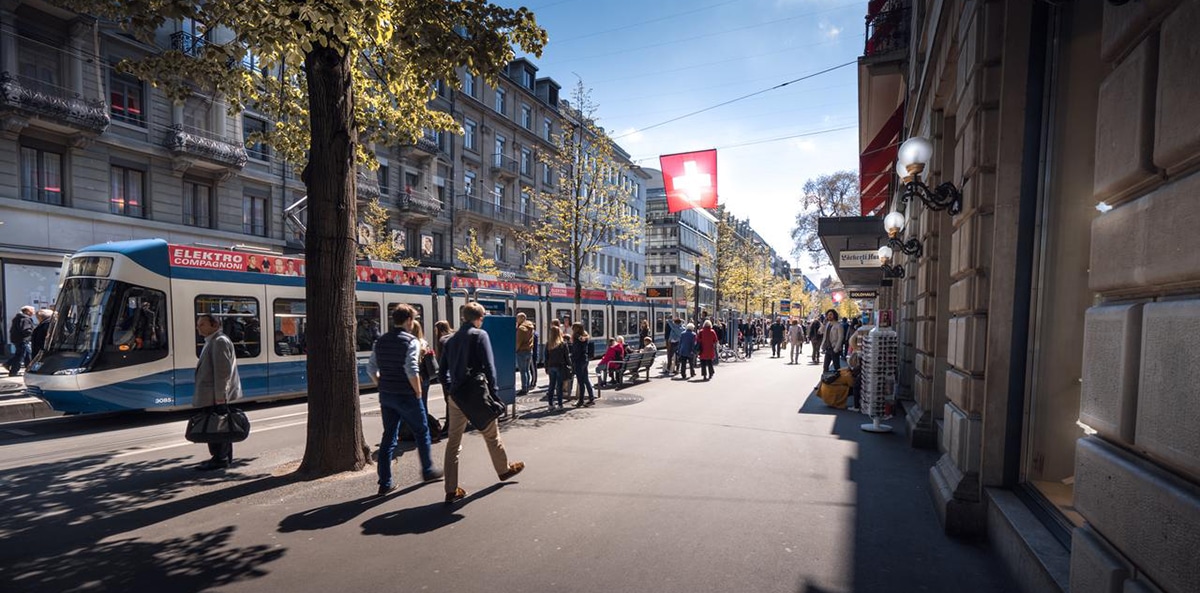
Niederdorf It is a corner of the old town and also occupies the Oberdorf area. Is a pedestrian zone running parallel to Limmatquai, with many shops and alleys open by day, and at night come alive as night district with street performers and bars.
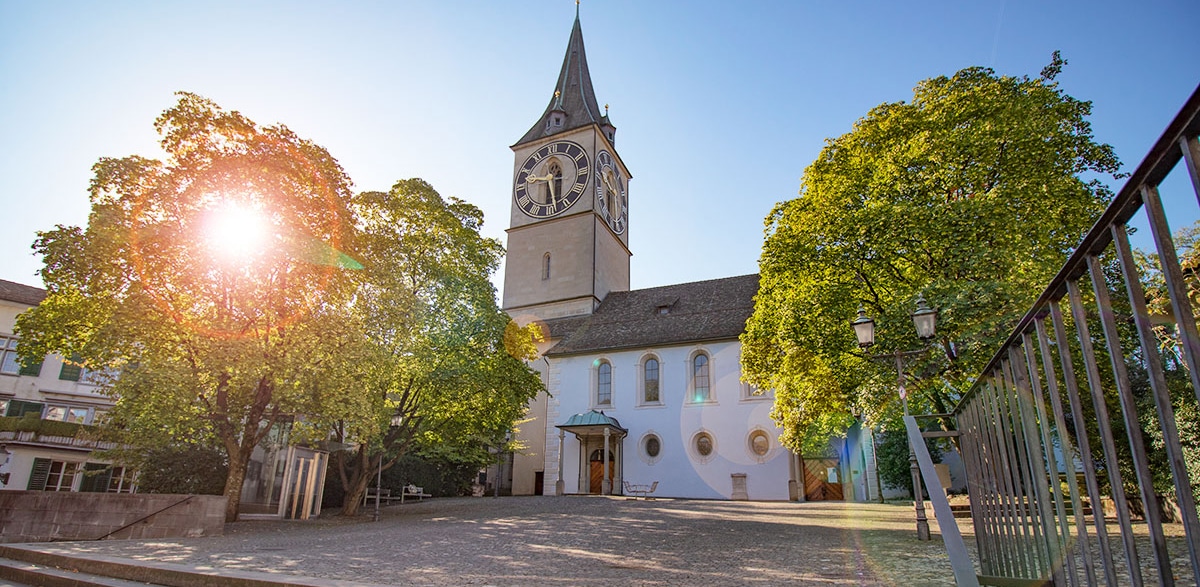
The oldest church in the city is the St. Peter's Church. It has foundations from the XNUMXth century and today houses the tomb of the first mayor of Zurich, Rudolf Brun. Have a wonderful clock of 8.7 meters diameter with five bells dating from the late nineteenth century, the largest weighing six tons ...
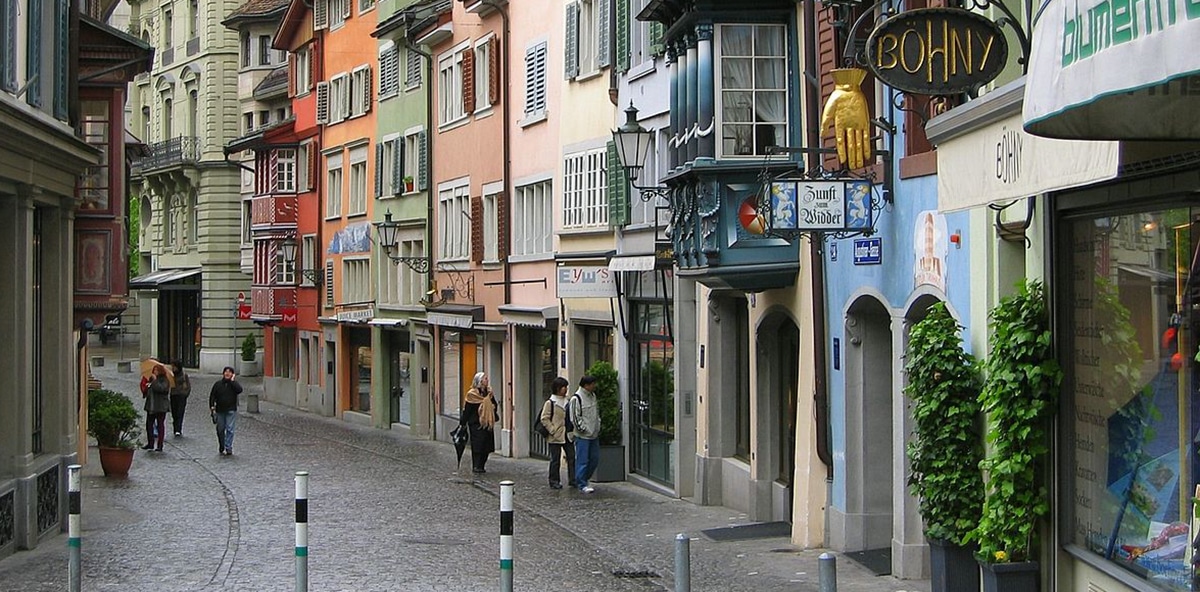
Moreover, one most beautiful and historic streets is Augustinergasse. Narrow and picturesque, with many well-preserved buildings and colorful windows, bay windows, allows us to see the city from its history.
The street connects Bahnhofstrasse street with the XNUMXth century Gothic-style Augustinian Church, continuing towards Peterhofstatt Square, opposite St Peter's Church, in the old town.
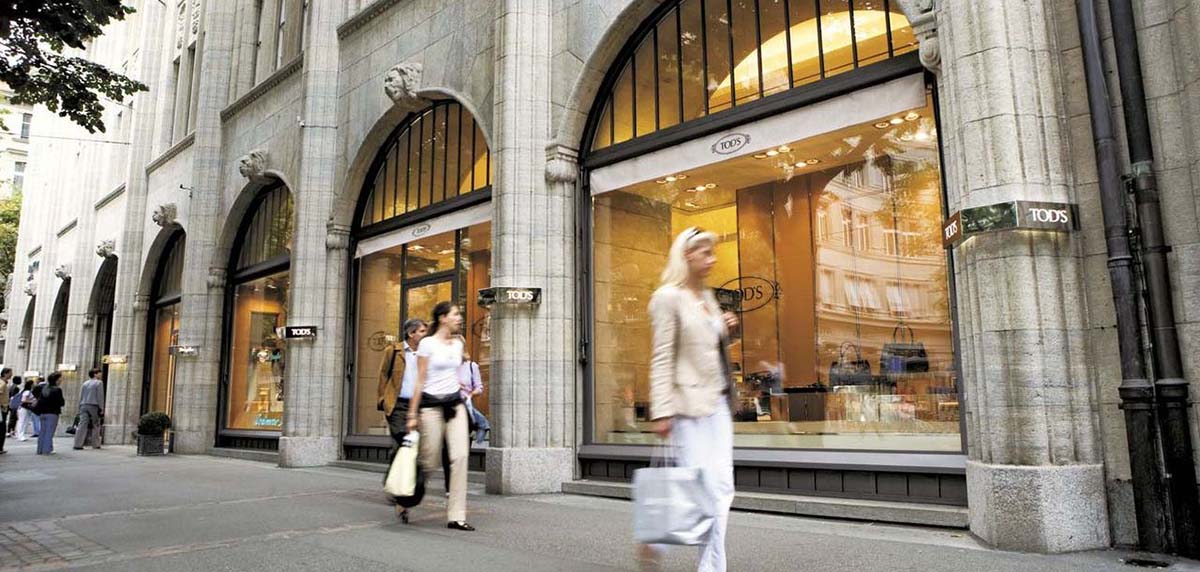
bahnhofstrasse It is a popular street, a elegant boulevard created shortly after the construction of the Zurich Train Station. A century and a half ago there were the moats, but today the street connects the lake with the railway station in almost a kilometer and a half. Have boutiques, department stores, and that is why it is a very popular ride.
paradeplatz it is, for its part, the heart of Bahnhofstrasse. It is the intersection between the lake and the old town and is the center of finance. The area is known as Säumärt, zero market, because in the XNUMXth century there was a cattle market. Then, in the XNUMXth century, Neumarkt was renamed and half a century later to the current name, Paradeplatz.
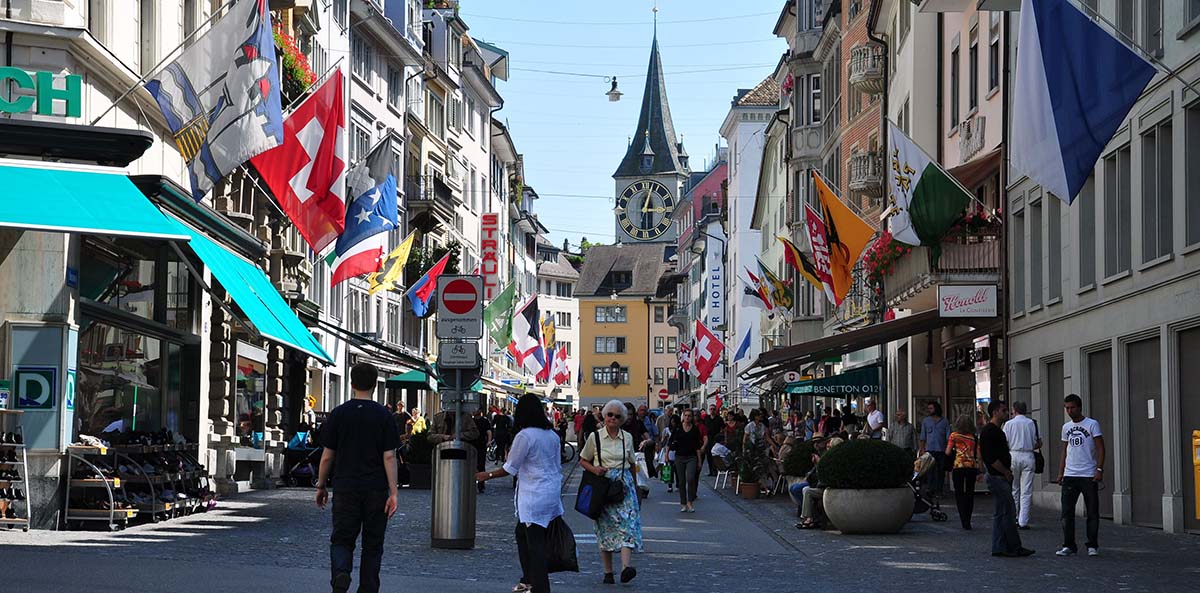
Rennweg It is another street in Zurich. A old and distinguished street which was once the widest street in the city. Go up the hill from Bahnhofstrasse and still has an old gate, the Rennwegtor, which was part of the medieval fortifications. Is the second most important shopping street and it is pedestrian so it invites to the recreational walk.
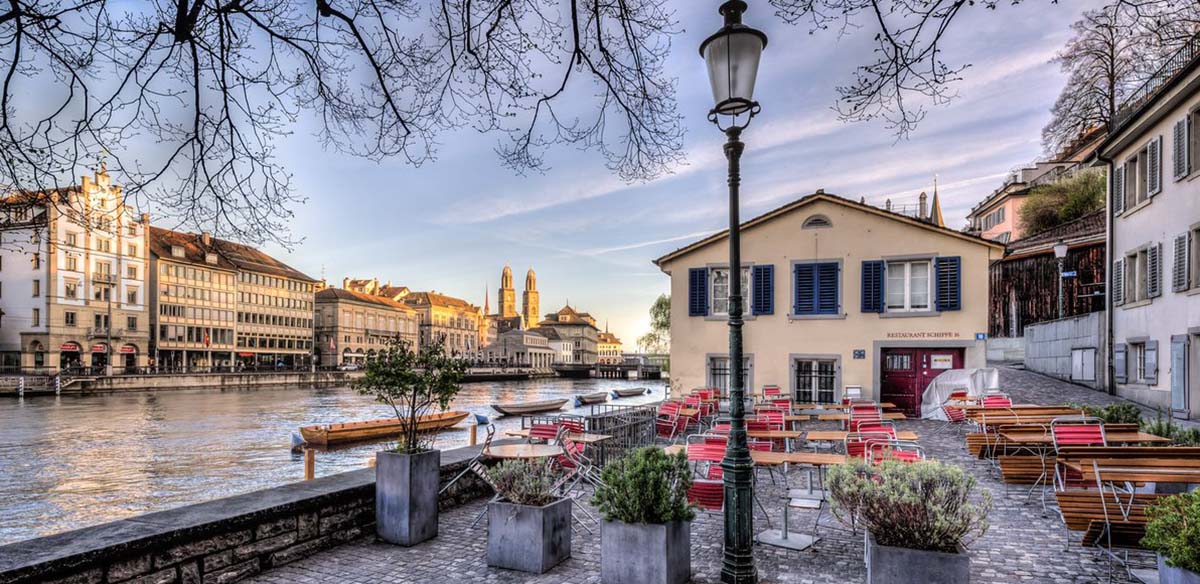
Schipfe it is for his part one of the oldest neighborhoods in Zurich and runs below Lindenhof. It's called like this in reference to schupfen, to push, because the fishermen pushed their boats to and from the river. In the XNUMXth century it became the center of the silk industry and still today it is a refuge for artists and artisans. I mean, you can buy nice souvenir things.
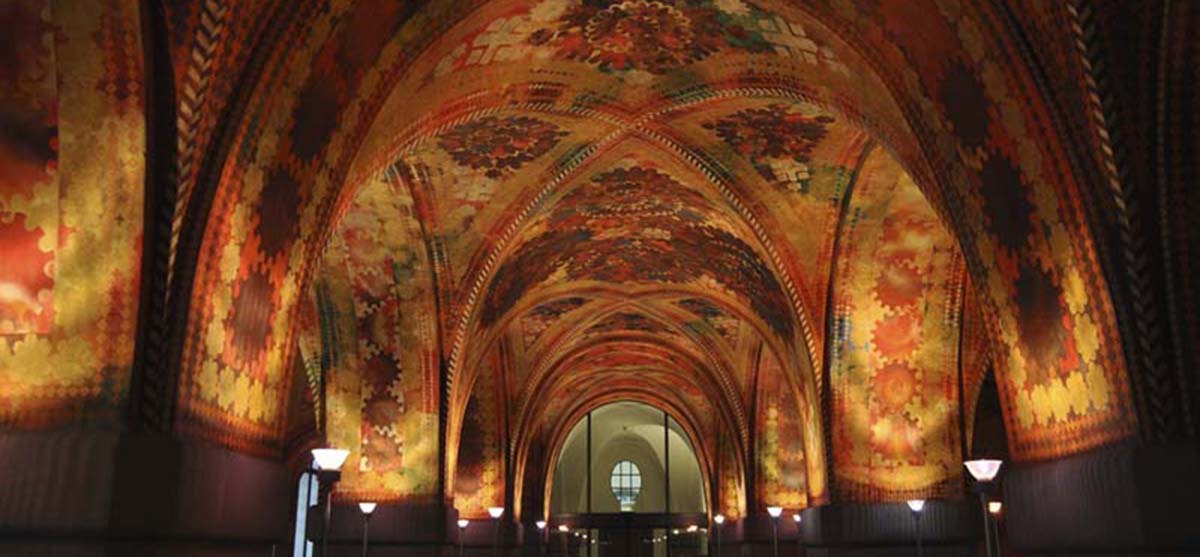
Finally, you have to visit the Central Police Station because it keeps a treasure: murals by Augusto Giacometti. The building used to be an orphanage but in the 20s of the XNUMXth century, it was conditioned. For this, a competition was called and Giacometti won with his intense designs in red and ocher. His work then decorates the ceiling and ceiling of the main hall of the police station.
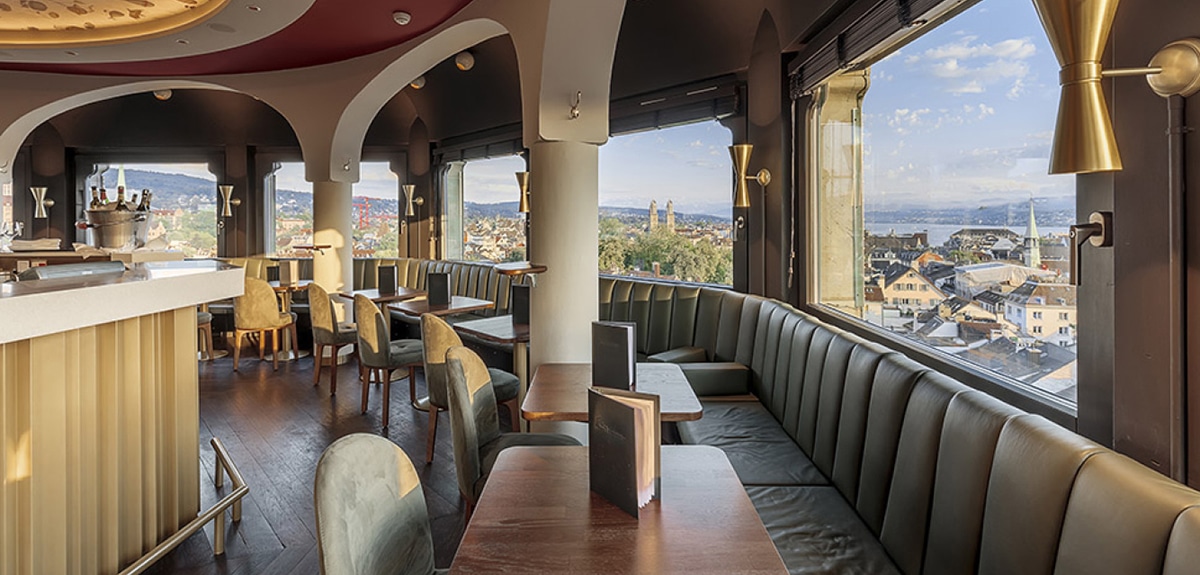
I believe that there are several ways to contemplate a city: walking through its streets aimlessly or climbing to a good height to give it a panoramic view. Fortunately, Zurich allows both.
For the views we can go up to the Freitag Tower, eat something in the Panorama Bar Jules Verne, stop at the Lindehof ramparts, climb the Karlstrum, one of Zurich's two towers of the Grossmünster Church, or walk an hour from the center, passing through Wipkingen and Höngg to climb the hill of Käferberg.
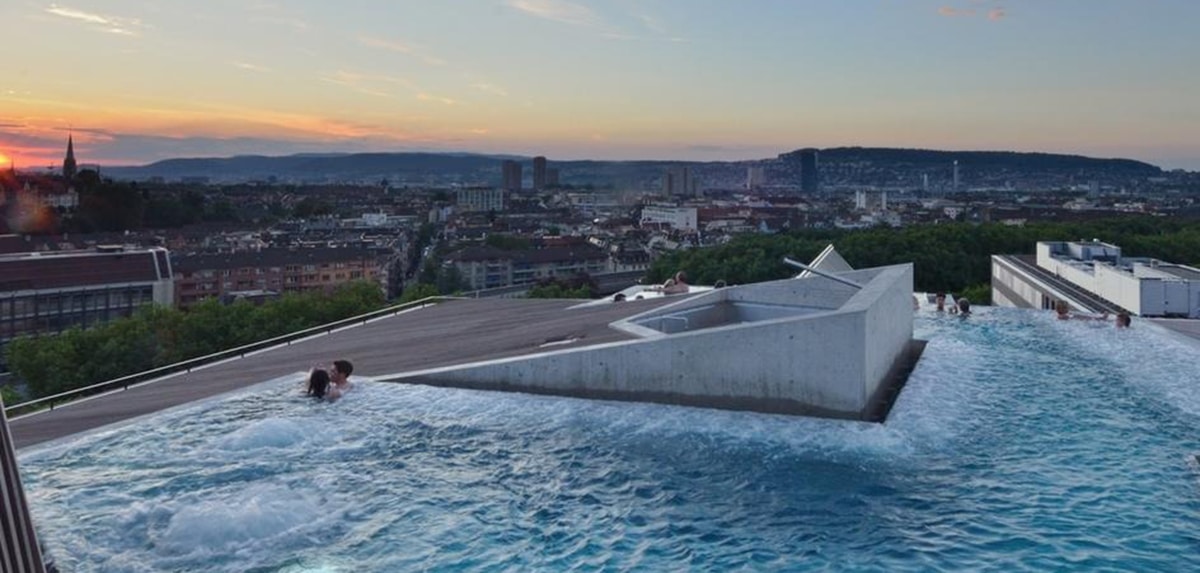
And, if you want something more top, how about a sauna on the terrace? That's what Thermalbad & Spa Zurich is for, inside an old distillery. The water is thermal, with minerals and a pleasant temperature of between 35 and 41 ºC. For CHF 36 you have a thermal bath and for CHF 60 you have an Irish-Roman spa bath experience.
Obviously, to all this you can add museums, bike or even boat rides, by the waters of the river. You will like everything, Zurich you will love it.